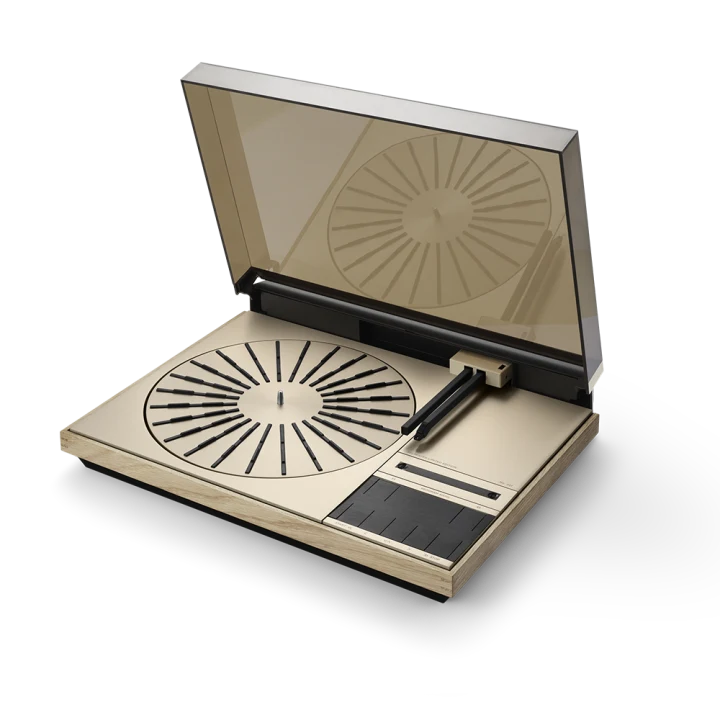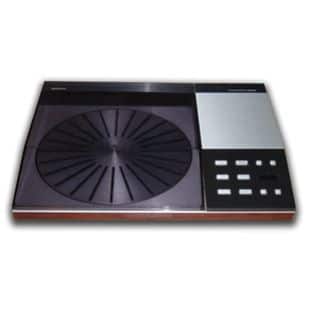BeoGram 4000C

The original iconic turntable which set the standard for all record players that came after – reimagined for contemporary use.
Launched in the 1970s, the Beogram 4000 series turntables defined the aesthetic of an era: becoming a classic with music lovers, collected by art museums and included in design history books
We wanted to revisit the Beogram turntables to celebrate how there are unchanging values which make a product beautiful and unique. Values that have held true at Bang & Olufsen since 1925.
Now, with the Beogram 4000c Recreated Limited Editions, we meticulously source and restore original units. These editions honour our rich heritage, celebrating timeless values while adapting to the modern sound systems.
The Beogram 4000c Recreated Limited Editions is the first instance of Bang & Olufsen’s Classics Initiative: in the near future we will be revisiting more of our most iconic products, reimagining them for now and coming decades.
Innovative looks, innovative technology
The innovative tangential tonearm was striking in its day, and part of the reason the original Beogram was an instant classic. But it wasn’t for looks. The way the tonearm was built made it able to play vinyl at an angle that was as close as possible to the way the record was cut. This made it truthful to the original recording, staying honest to the artist’s intentions.
Jacob Jensen
When Jacob Jensen designed the Beogram 4000 Series turntable in 1972, he was looking to the future of audio design. His aim was to completely rethink the turntable to achieve a better-performing product that would stand the test of time. ‘No-one should care about how bridges are built – the point is to find out how to get to the other side in the best possible way,’ he explained.
The collaboration between Bang & Olufsen and designer Jacob Jensen is legendary, and set one of the most influential standards for product design

